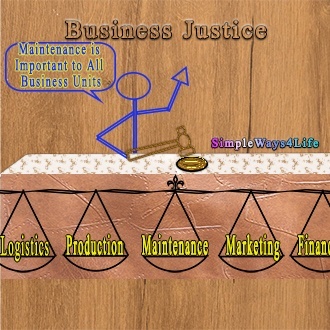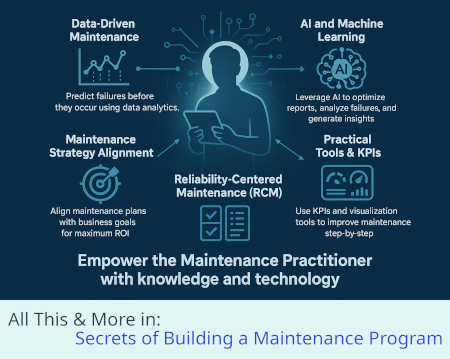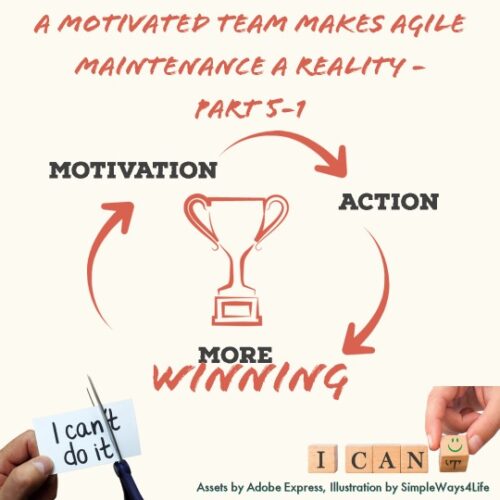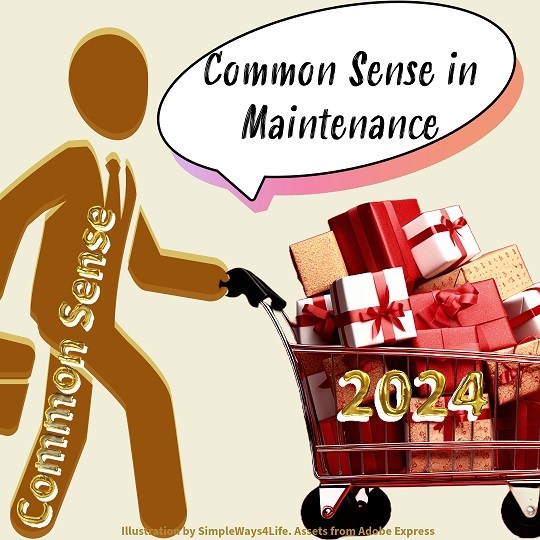To make something systematic, you need a plan and a target. And, you follow the plan consistently to reach the same target successfully. Being systematic, indicates that you will be able to do this repeatedly. We had a nice talk about targets in this article: Why it is important to be systematic? Part I – Clear Achievements. Why we need a balanced plan is in this chat: Systematic part 2 – the clear fixed plan is not set in stone. Then the details of the plan itself is important to be in the heart of this article. We shall focus on a plan that we can implement without frustration.
When a plan is frustrating?
First we need to understand what is frustration. Frustration is the feeling of being upset or annoyed as a result of being unable to change or achieve somethin. Then what is a plan? A plan is a detailed proposal for doing or achieving something. In other words that are the steps we need to take to fulfill a task. So, when we can’t fulfill the task or any step on the way to reach the task that’s frustrating. Even worse, when the steps of the plan lead us to a wrong destination or creates conflicts. Conflicts could be between different teams collaborating in the same task due to ambiguity of the steps.
Ambiguity
Ambiguity means it can be understood in two or more possible ways. Many attributes of the plan can cause ambiguity and consequently frustration. The simple examples can range from properly writing the equipment name or the equipment tag to overlooking coordination between different teams. The ambiguity is not every time arising from the plan. Sometimes the actual condition at the field creates the frustration. The equipment labelling or tagging is worn out specially for repeated equipment. This causes problems in tag-out/lock-out and in actual maintenance. Even experienced team members can mistake the correct equipment at rush time. Then, we need to think more seriously about the fresh team members. Also, Some tasks by different teams in equipment of close proximity can cause conflicts at field. Those need coordination and prioritization as part of the plan.
Unrealistic steps or schedule
Other source of frustration is the unrealistic steps or unavailable tools mentioned in the plan. Example is when the planner adds laser alignment as a step or hydraulic wrench as a tool and they are not available. Unavailability here has many sources. First, it might be not there at all. Second, it might be out of order and no one knows who should take an action to repair it. Third, it might belong to a different team or scheduled in another job. More frustrating is when the tool is available but there is no one who can use it correctly. Sometimes, no training was originally provided or the trained personnel left the company, transferred or at vacation.
Sometimes the time allocated for the complete plan or for some steps in the plan is inadequate. You find yourself chasing the clock and whatever effort you place won’t get you there at the specified time. Also, the relative timing of parts of the plan. Example in tagging and locking the equipment. You can find a plan that schedule 30mins in the beginning of the maintenance day for all the safety making procedure. This can be unrealistic if the locations are far separated and the maintenance foreman or safety inspector need to attend all locations. Also, the transportation and breaks are often overlooked.
Can a frustrating plan yield a systematic task?
Usually this happens when the team is just doing without consciousness. This will lead to more problems on the long run. On top of them are the unachieved results. Usually the disengaged team will skip the steps of the plan or the requests that are causing frustration. Disengagement results from many sources. One of the disengagement sources can be overlooking the team comments. As a result, the team follows the plan steps but there are no achievements of the planned results. If there is no review for the results and a keen effort to reach the targets, then the maintenance will appear as running systematically. However, There are no fulfilled targets. And, maintenance is a dull workplace.
Otherwise, if we have some sort of follow up and review of how things are running, we shall find out that what looks systematic is a hollow fake reality. Either the workplace is always at unrest, there are conflicts between the teams all the time. Even within the same team, much blaming and complaining is the theme of the act. Or, the maintenance results review reveals the reality of missed targets. This will request a reform action and a real action to remedy the pain points.
Now, let’s correct a frustrating workplace
The most effective corrections comes from reviewing the plan execution and listening to the team. Not every complain or claim is valid. But you can point out some of the real helping ones that would make revision one and two of the plan more reasonable. Moreover correcting the field problems as not-working tools, missing tags and considering environmental conditions like areas of high temperature or low fresh air rate works as magic. They create buy in and supports the execution.
Also, follow up during the tasks execution can work both ways. Stringent follow up that hammers the working team is frustrating. While, supporting follow up that provides answers, solutions, work arounds, helping hand and so on releases any growing anger that might blow out. At the end of the day try as much as possible to avoid reaching the status of disengagement. An example of frustrating follow up can be found in closing the tasks’ work orders. Sometimes the information required is not available for who is assigned to close the task documentation or is not clear to him. Moreover, there might be no space for writing feedback or may be it is required in a language that is not handy for the responsible. Maybe it is required to be filled through a computer application where most of the team are not computer literate.
In conclusion,
To make maintenance a systematic process i.e. following a fixed plan we need to consider 3 main issues. The targets and what we are going to achieve from the planned tasks are clear. Then, the plan is not set in stone i.e. there are checkpoints integrated within it to allow plan tune and maybe total altering. Lastly, avoid intimidating and frustrating plans and plan follow ups that create disengaged teams. We had gone through more than 10 reasons that a plan can cause frustration to the team. And, we had nailed it with some practical solutions.
If you feel you need help with any of these ideas we discussed, request a Management Consultancy or Coaching Services From our Store








